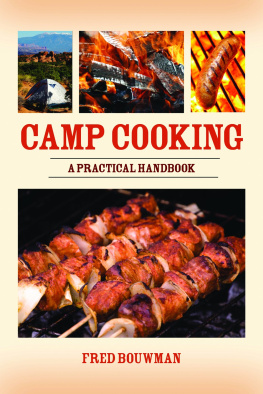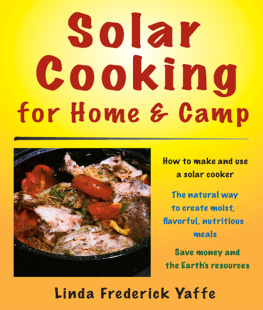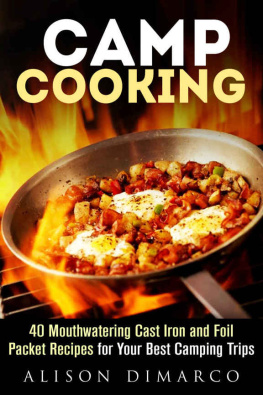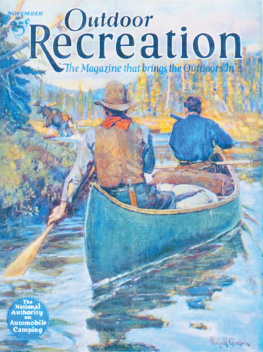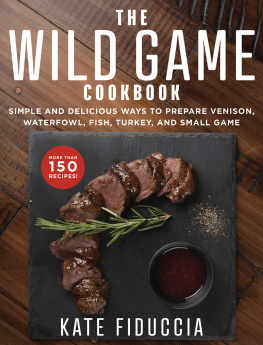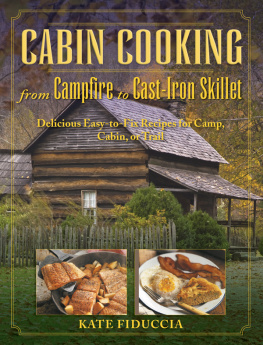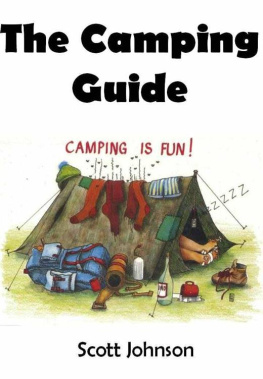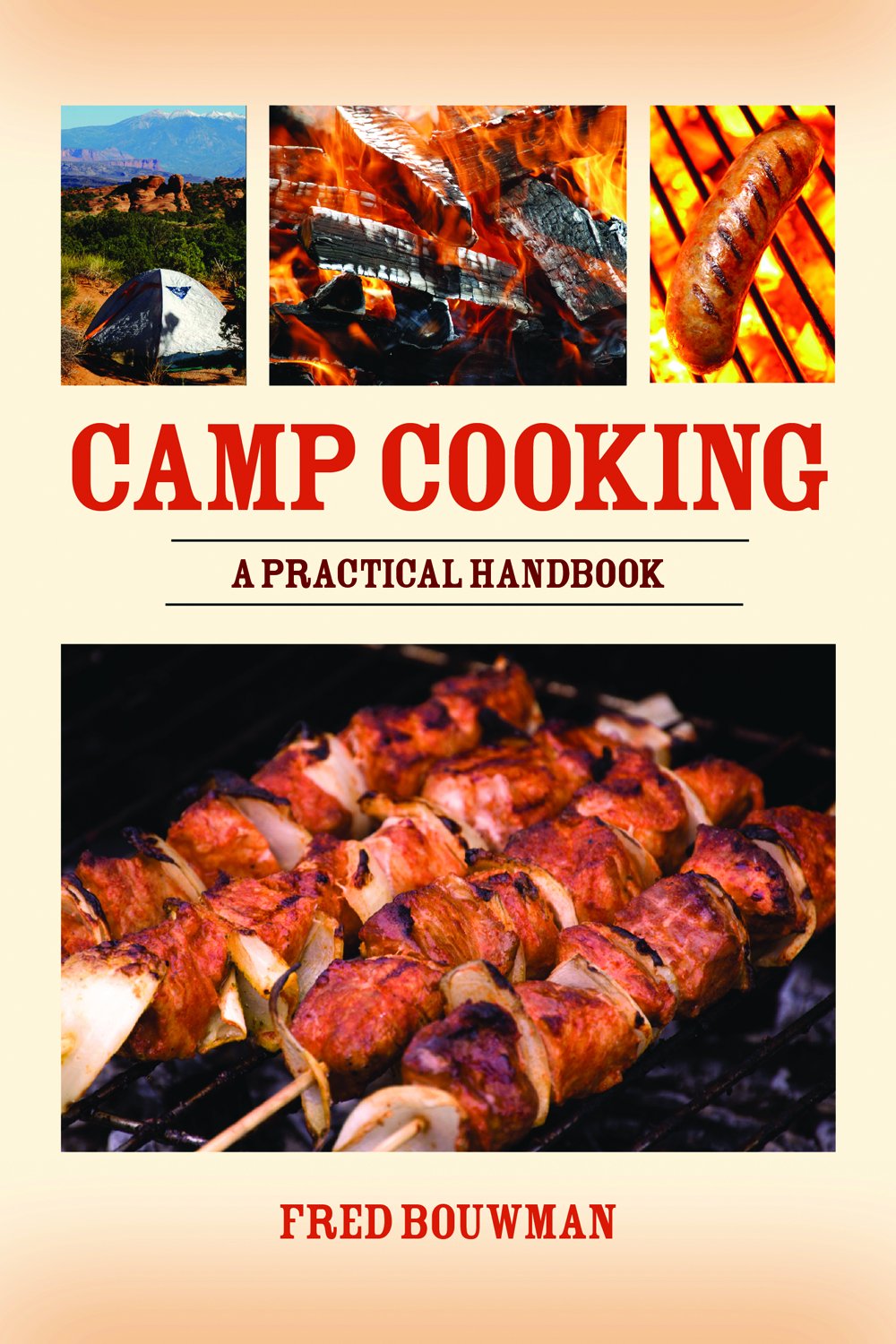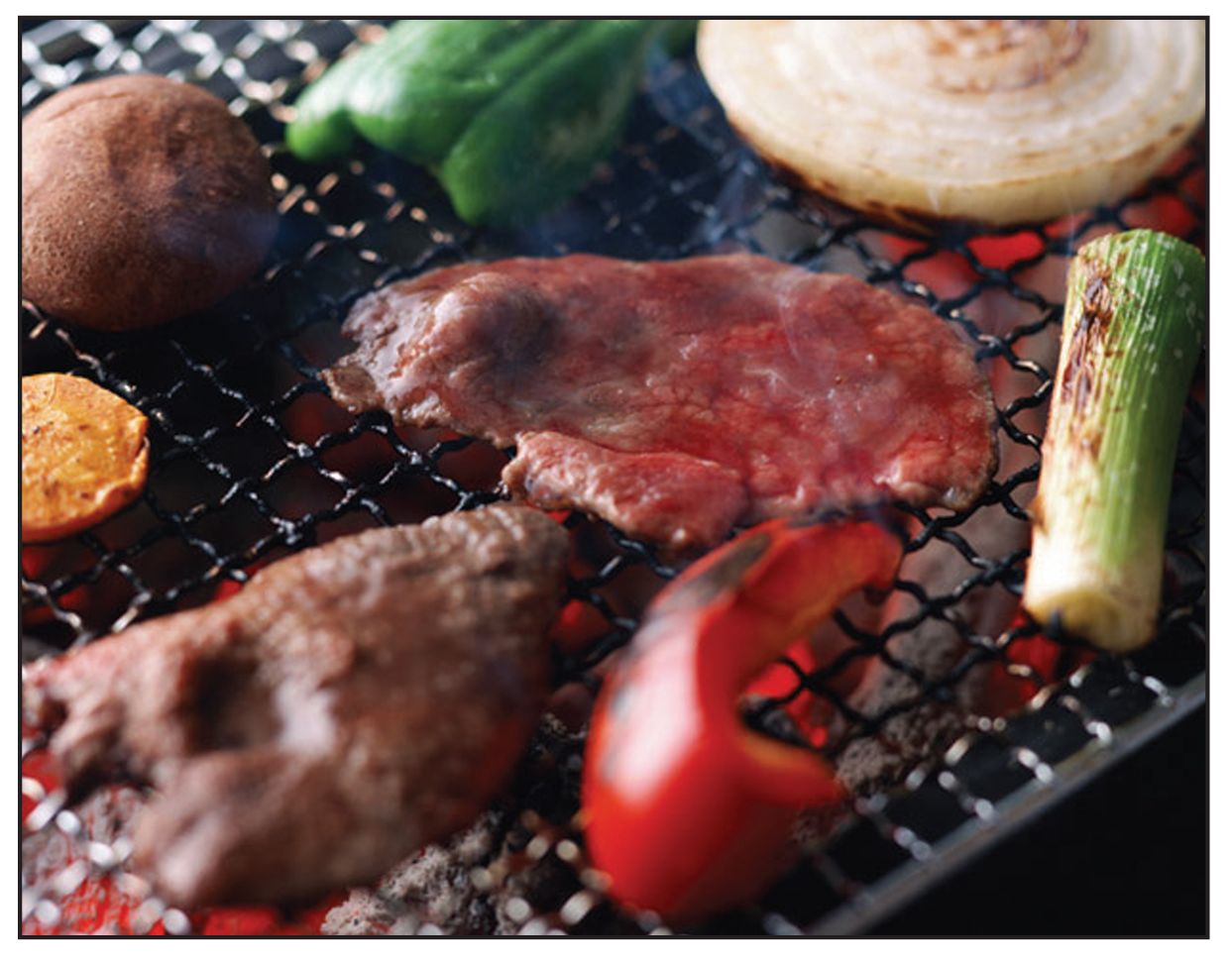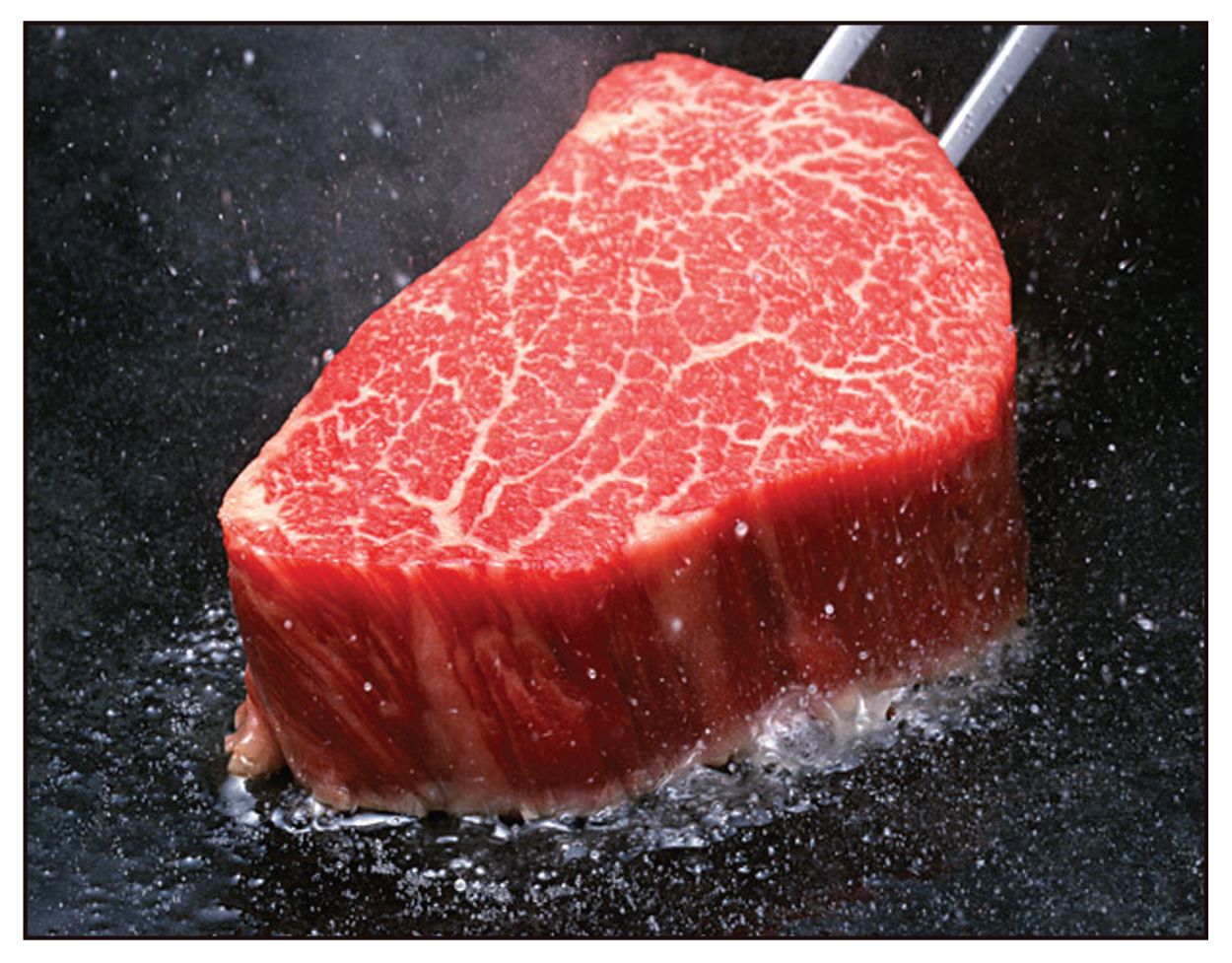T he meal I remember best, of all of them Ive eaten in camps over the years, is the tenderloins, liver, and heart of a big doe Dale took back in the pines by the river. In camp that night the fire flickered and snapped under the northern lights. It was chilly, with a promise of snow, and we watched the steam and smoke rising from blackened, dented cook pots and pans on the grate over the fire pit. There was lots of laughter as we ate real meat that night.
We ate no venison the next season, but a squirrel-and-rabbit stew took honors as the meal that would be recalled long after the memory of the rest of the hunt had faded.
From overnight single-tent camps huddled beside diminutive northern lakes, to mosquito-bitten spring turkey hunting camps, to camps on sand bars with the Wisconsin River sucking and gurgling on either side, to large-scale tent camps pitched on a blanket of deer hunters snow at the end of a National Forest logging road, the trend in our outdoor menus has been away from the supermarket. Weve moved towards eating off the land as much as the situation allows. And though gathering wild plant foods figures in during most any time of the year, a good number of our camp meals feature wild meat.
The explorer Vilhjalmur Stefansson spent five years living among primitive Eskimos above the arctic circle. For months on end Stefansson and his companions subsisted on raw meat and seal fat. They flourished.
Straight meat diets require quite some deviance from our accustomed eating habits. For instance, the pre-whiteera Eskimo diet included all of the seal, caribou, or whatever from bone marrow to such aboriginal culinary delights as stomach contents to obtain the complete nutrition offered by an animal, which is more than most of us are willing to indulge in around the fire during deer or grouse season.
MeatA Source of Complete Nourishment
Though milk from domestic cattle is sometimes billed as natures perfect food, that label can be more properly applied to meat. Unlike any other single class of foods, a diet of fat red meant, either raw or cooked rare enough as to not destroy the vitamin C, will support life without any additional supplement.
Not only is wild game meat capable of providing complete nourishment for humans, but game meats themselves, from a venison roast to duck, are better for you than their domestic counterparts. Fat content is the main culpritdomestic meat animals are loaded with it in comparison to wild game.
From the United States Department of Agriculture publication Composition of Foods, lets compare the protein and fat content of some wild game animals and their tame cousins:
As you can see, wild meat holds the edge by a healthy (pun intended) margin in the area of reducing fat in the diet. In addition, wild animals are devoid of the antibiotics and growthenhancement drug residues encountered in domestic animal meats.
Of course, this type of diet can raise problems. Uncooked or undercooked game meats may transfer disease or parasites. I include the above statement on the nutritional value of meat only to illustrate its compatibility with human nutritional needs, and not as a plug for an all meat raw foods diet.
Too many camp meat menus never get past the point of burgers broiled over the fire. Even deer and elk camps, which may have several hundred pounds of meat hanging, often fail to utilize any of it until the butcher sends it back wrapped in paper or plastic.
Enjoy Small Game Too
The tenderloins, liver, and heart supper mentioned at the beginning of this chapter is a good one to begin expanding your natural foods diet, but there are other possibilities.
Small game is a natural for camp. Ducks barbecued over an open fire cant be improved on in the home kitchen. If theres a Dutch oven with a little rice, and a few grouse over that same fire, it will turn into a meal guaranteed to be the high point of the trip.
Before we go any further, let me stress that the point of this book is not to make bringing food to camp obsolete. With the possible exception of some big game hunts, to supply oneself exclusively with meat, fish, or plant foods taken in the field is often either illegal, unethical, or both. There just isnt that much food out there in these crowded times.
Wise use of what nature offers, however, is another matter entirely. In addition to the usual game animals, there are a number of other edible forest denizens that are legal to take. They can be eaten without worrying about depleting the resource and theyre quite tasty.
And do not despise the fretful porcupine, he is better than he looks, wrote George Washington Sears, the early twentieth-century naturalist and outdoorsman who wrote under the pseudonym Nessmuk. Sears lived in the days when one would hit the foot and canoe portage trail with a sack of flour or cornmeal, some salt, and a chunk of slab bacon or salt pork. Meat was procured as it was happened upon, without discussion of its qualities at table.
A small trap adds to the meat supply in camp. Make sure to check state trapping regulations first.
A partial list of perfectly edible animals includes the porcupine, opossum, raccoon, woodchuck, beaver, and muskrat, in addition to the common game animals like the grouse or rabbit. Folks who are brave enough to eat one claim that skunks are edible. I dont know. Coot, or mud hens, are fine eating if prepared properly. Foxes are edible but are too closely related to Lassie for most folks tastes.
The camper adding some wild protein to his menu will have to take local game laws into account. Some of the abovementioned entrees are not considered game animals and will either carry no restrictions on their taking or will have very liberal seasons. Fur bearers can only be taken with traps in some states, and you may be required to have a trapping license to legally possess them. Know your game laws.
A string of half a dozen traps set around camp can provide a steady flow of exotic camp foods. Animals a trapper would consider trash, due to their negligible monetary value, such as the porky or possum, are more than welcome in the Dutch oven or on a spit, with barbecue sauce. Our few traps set around camp during the deer hunt provide variety to the camp menu, an opportunity to do some real gourmet outdoor cooking, and a sense of adventure about the evening meals.
Cleaning and Cooling Wild Meat in the Field

